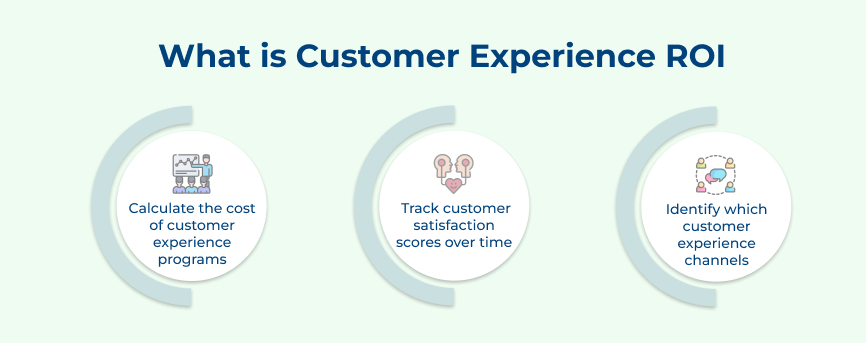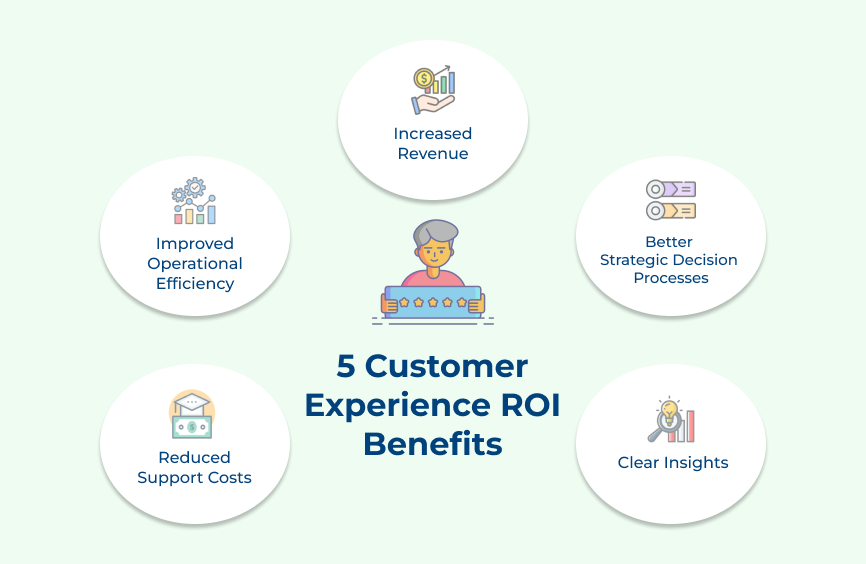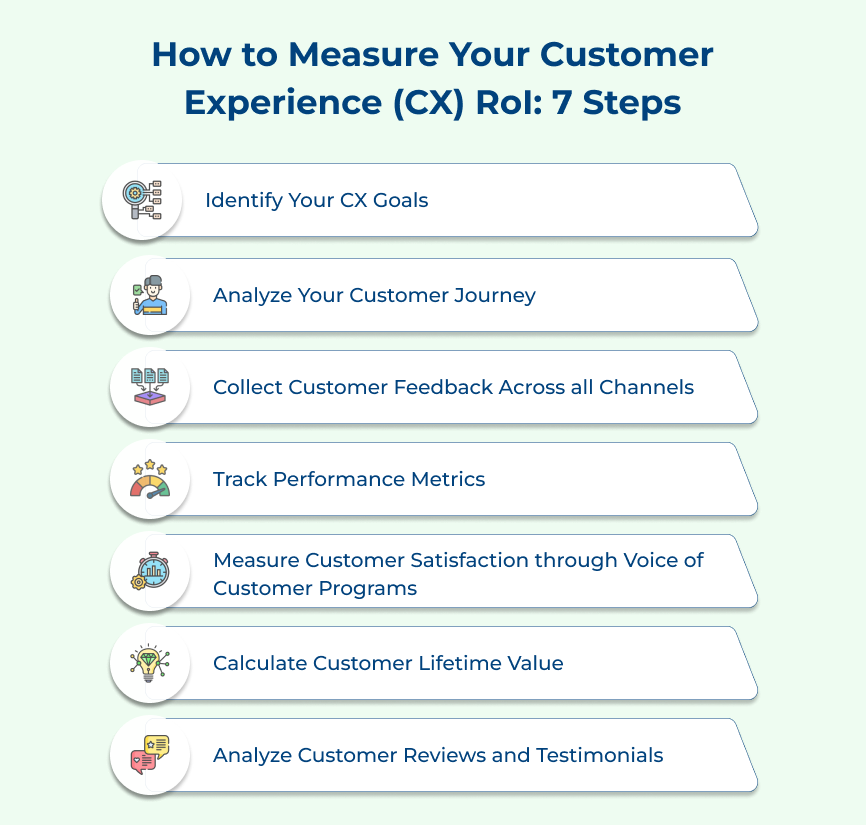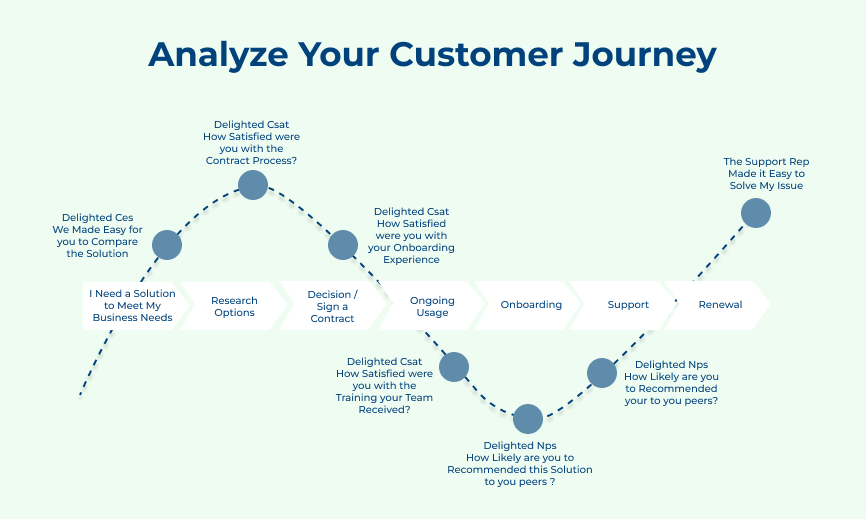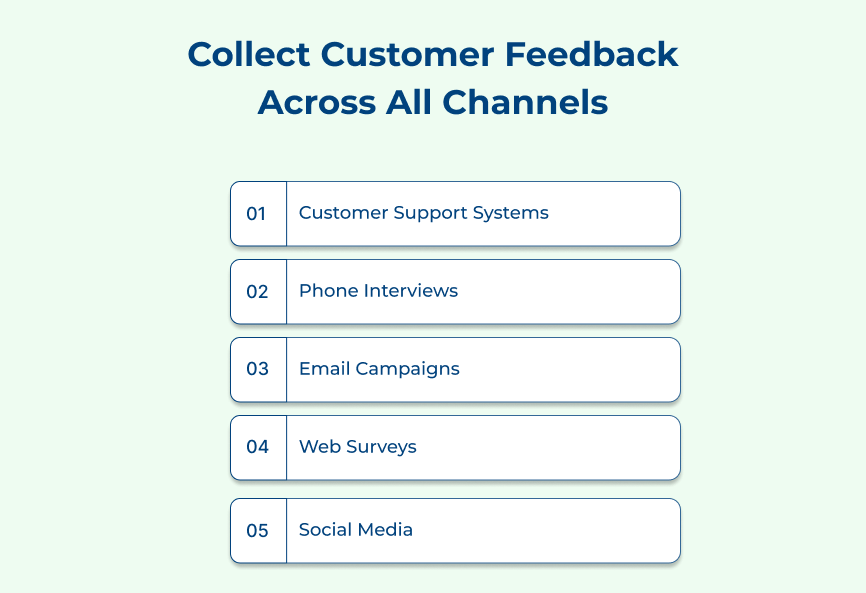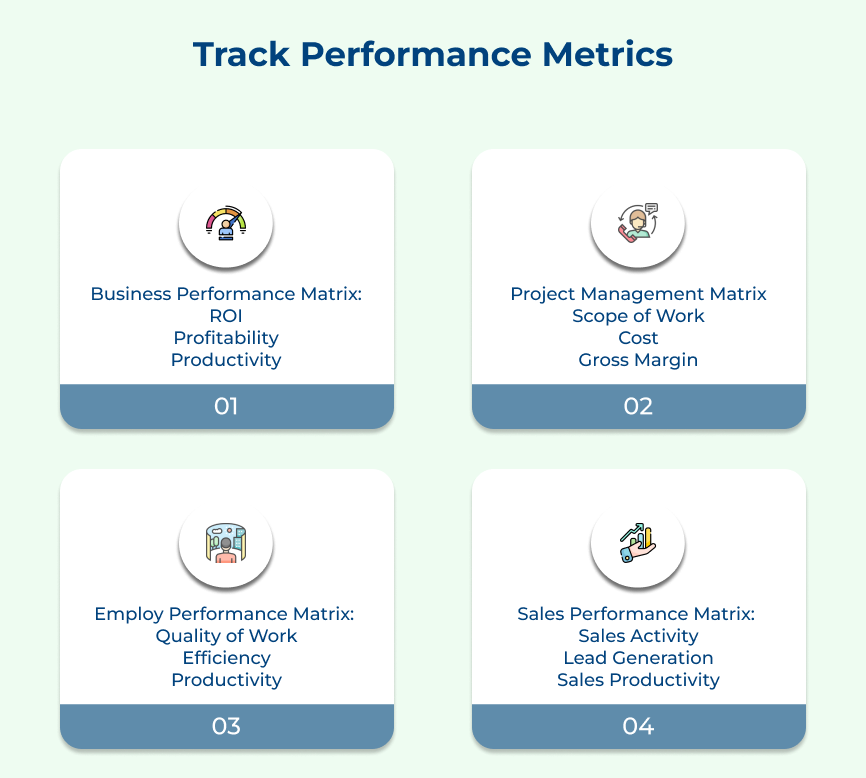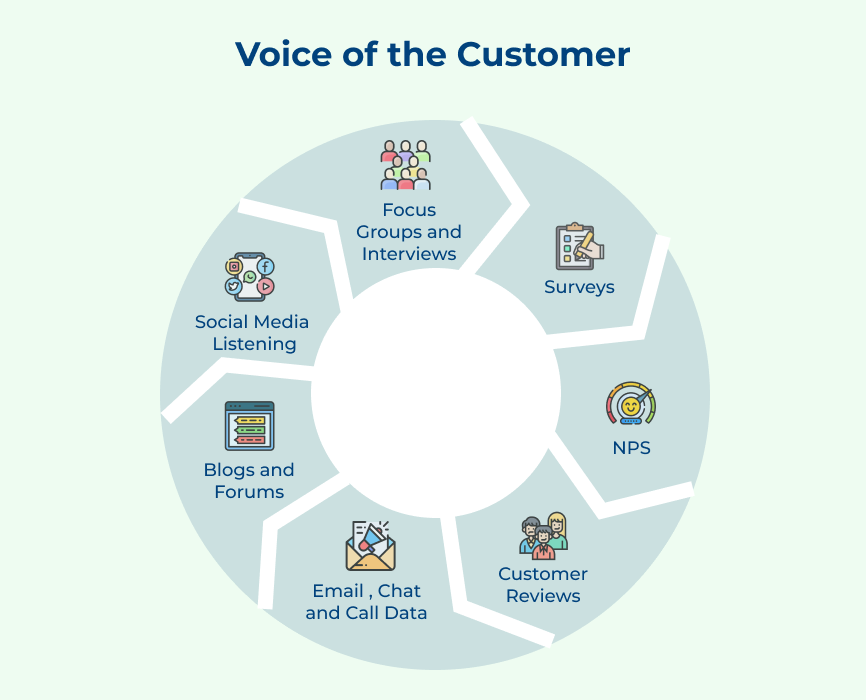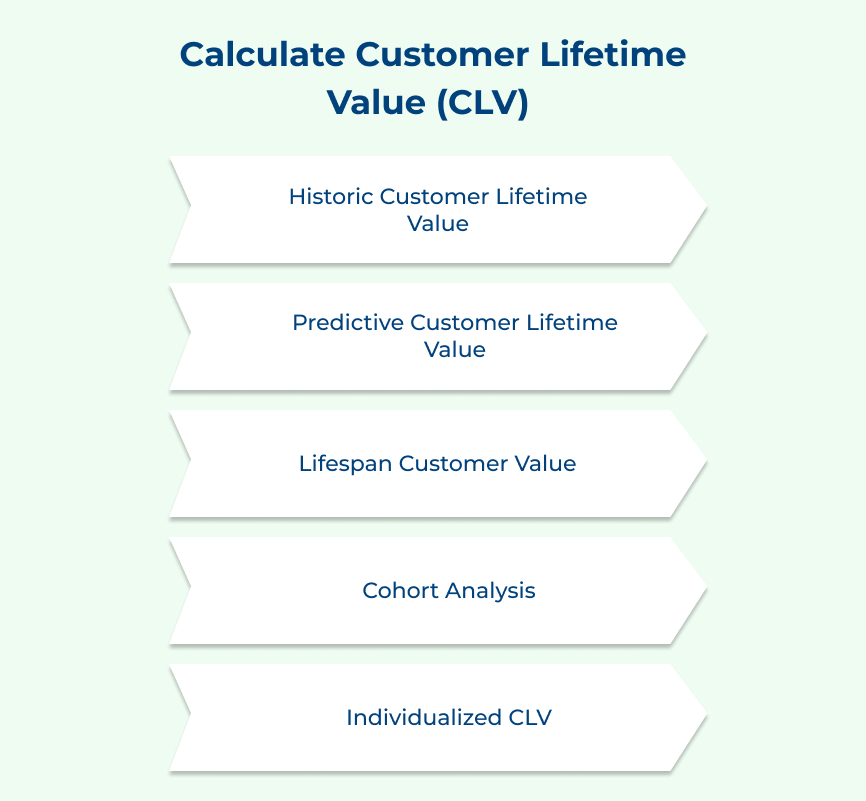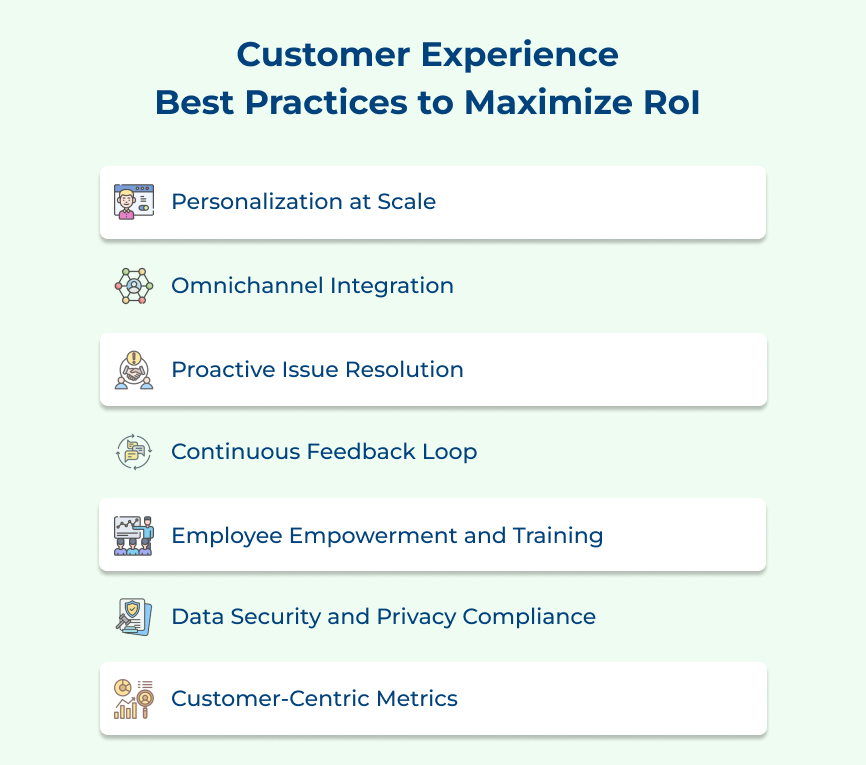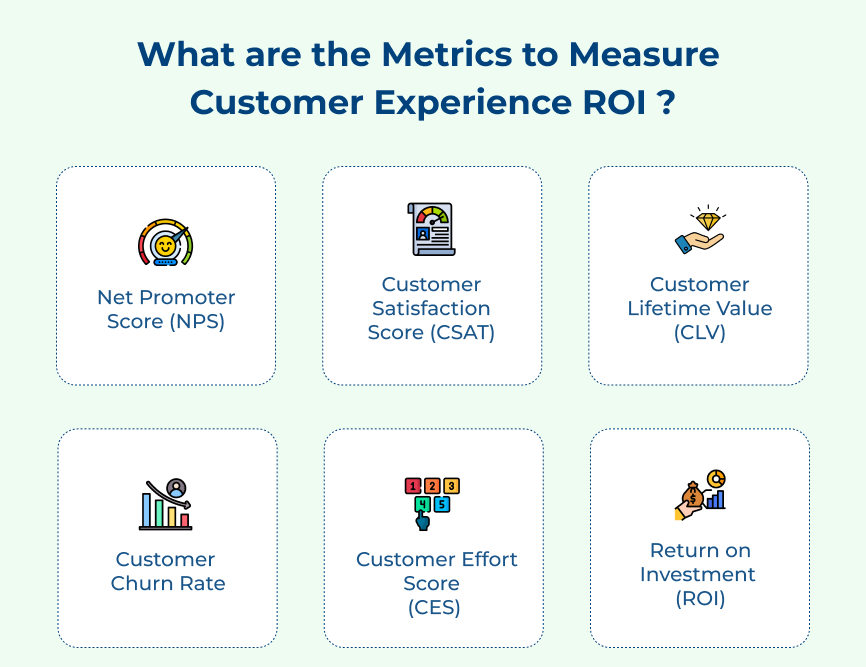1. Personalization at Scale
Personalizing customer experiences doesn’t mean knowing every customer’s favorite color; it means understanding their needs and preferences. Implement personalization strategies that scale to maximize the ROI. Start by segmenting the customer base based on shared characteristics or behaviors.
Let’s assume there’s an e-commerce store that recommends products based on a customer’s past purchases or browsing history. Delivering relevant content/offers allows them to enhance the customer experience, and boost conversion rates.
2. Omnichannel Integration
Customers interact with businesses through various channels such as websites, social media, mobile apps and in-person experiences. Maximizing ROI is influenced by the integration of the channels seamlessly. Ensure that the information and interactions are consistent across all touchpoints.
Imagine a customer starts an inquiry on your website, then contacts your customer support, the support agent should have access to the customer’s previous interactions and information. The integration reduces customer frustration and prevents them from repeating information, making their experience smoother.
3. Proactive Issue Resolution
Don’t wait for customers to report problems or concerns. Implement proactive issue resolution practices to address potential issues before they escalate. It involves monitoring customer interactions, tracking the solution’s performance and using predictive analytics to identify issues early on.
Let us take an example. If data suggests that a particular product is likely to have a technical problem after a certain period, reach out to customers who purchased it in advance, offering solutions or replacements. Taking the initiative to solve problems before customers even realize they exist, businesses not only improve their experience but also reduce support costs.
4. Continuous Feedback Loop
Establish a continuous feedback loop with the customers to gather insights about their experiences. Utilize post-purchase surveys, feedback forms and open channels for customers to share their thoughts. Actively listen to their feedback and use it to drive improvements in your products, services, processes, etc. Communicate the actions you’ve taken in response to their feedback demonstrating your commitment to meeting their needs.
Involve employees at all levels in the feedback loop, encouraging them to contribute their insights and suggestions for enhancing the customer experience. Making feedback an integral part of the operations, businesses make sure their CX efforts are aligned with customer expectations.
5. Employee Empowerment and Training
Your employees play a critical role in delivering exceptional customer experiences. Empower your frontline staff to make decisions that benefit the customer, even if it means deviating from standard procedures occasionally. Provide them with the training and tools necessary to resolve customer issues efficiently as well as empathetically.
Businesses should encourage a customer-centric culture within their company by recognizing employees who consistently go above and beyond to create positive customer experiences. Well-trained and motivated employees not only enhance customer satisfaction but also contribute to increased customer loyalty.
6. Data Security and Privacy Compliance
Data breaches and privacy concerns are becoming prevalent. Companies must prioritize data security and compliance with privacy regulations. Protect customer data from unauthorized access and ensure transparency about how you collect, use, as well as store customer information.
Establish stringent data protection protocols and regularly update your security measures. Building trust through strong data security and privacy practices not only preserves your reputation but also reduces the risk of costly data breaches.
7. Customer-Centric Metrics
Redefine your key performance indicators (KPIs) to focus on customer-centric metrics. Rather than solely measuring financial outcomes, track metrics like Net Promoter Score (NPS), Customer Satisfaction (CSAT), and Customer Effort Score (CES). The metrics provide valuable insights into the quality of customer experiences.
Analyze the data points to identify areas where improvements are needed and allocate resources accordingly. Aligning the KPIs with customer satisfaction ensures that the ROI calculations reflect the true impact of your CX efforts on long-term revenue and growth.
8. Seamless Cross-Functional Collaboration
Encourage collaboration among different departments within the company to break down silos and deliver a seamless customer experience. Create cross-functional teams responsible for specific customer journeys or touchpoints, ensuring that each team understands its role in the overall customer experience strategy.
Promote a culture of shared responsibility for customer satisfaction and empower teams to collaborate on solutions along with improvements. Working together cohesively will allow the departments to address complex customer issues more effectively.
What are the Metrics to Measure Customer Experience ROI ?
Below are the essential metrics you should monitor to accurately assess and optimize your customer experience ROI, ensuring your efforts lead to lasting success.






